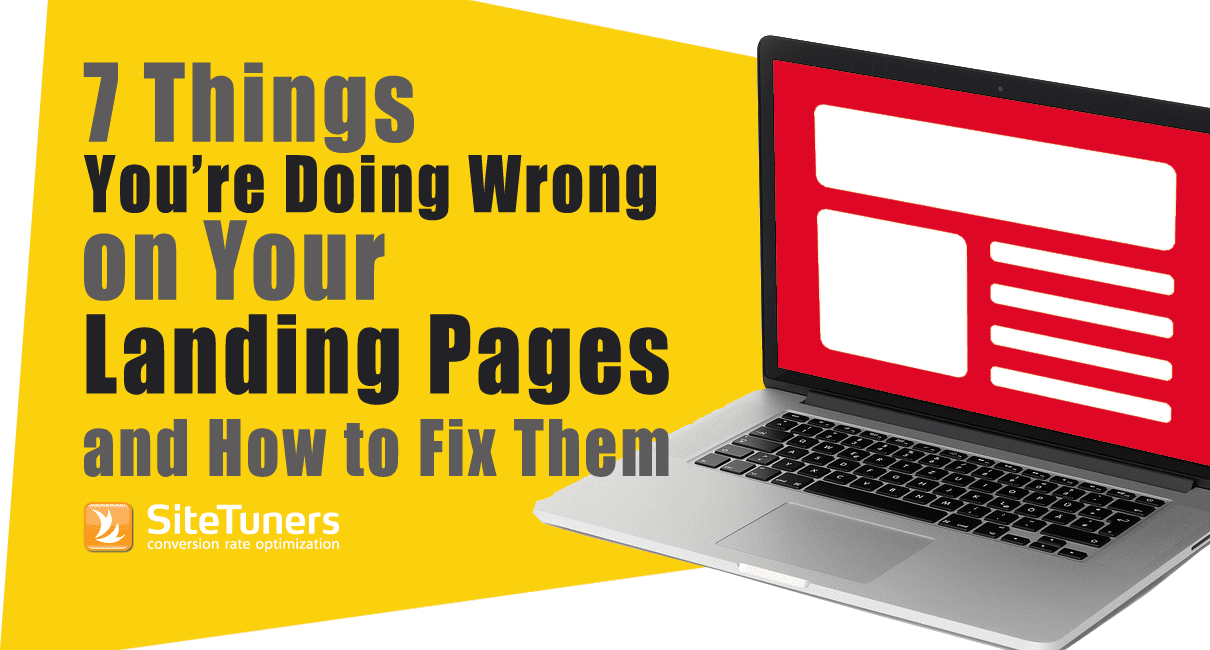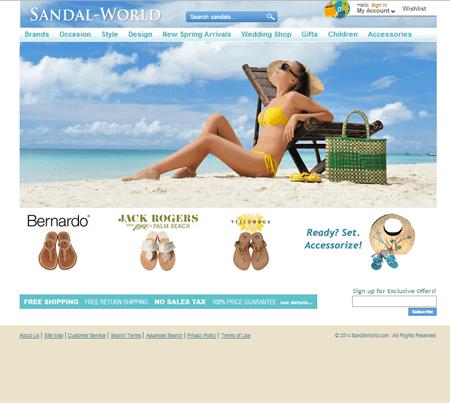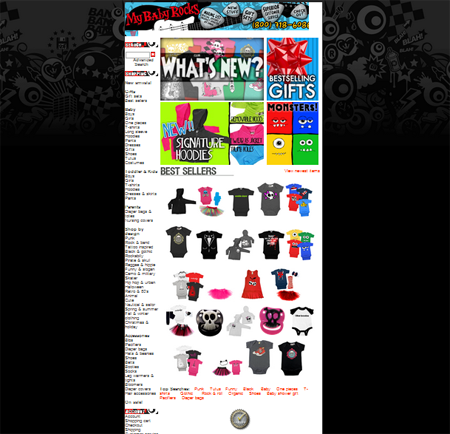Landing pages often get ignored.
For every 83 dollars spent on traffic acquisition, only a dollar is spent on landing page optimization. Traffic, however, is a competitive market – marketers are always trying to get top of search results and to convince super affiliates to promote their products and services.
What you have control over are your landing pages, and they can have tremendous impact on your bottomline, so they shouldn’t be ignored.
Now, even if you’re not neglecting your landing pages, chances are you’re looking at them from a marketer’s perspective. Because of lack of regular interaction with end-users (unless you’re a very small business), we often make assumptions about who the end-users are and what motivates them. We are experts of our own websites, but we are ignorant to the gaps in the knowledge that end-users may have.
So, while we you may see your pages as usable, in reality, you might be presenting a difficult web experience to your visitors.
Here are seven challenges you may be putting your visitors through, and how you can correct the experience:
1. Unclear Call-to-Action
User’s POV: What am I supposed to do here?
On Sandal World’s home page, none of the key images are driving people towards clear and defined tasks.
Users might not know what to do on the page because …
- there’s no call-to-action (CTA) at all, or,
- there are too many elements competing for attention with the CTA.
Fix: The CTA should be the most striking part of the page. Remove images and graphic embellishments that do not directly support the intended CTA.
2. Too Many Choices
User’s POV: Which one do I click on?
Users might be confused because of too many items and too many links on the page.
PunkBabyClothes.net showcases several of their products on their home page, but the images do not give a notion of the the variety of products that they’re selling.
Fix: Don’t put product-level stuff on the homepage or try to show everything you sell on the page. The point is not to advertise or sell on the homepage; the point is to give the visitor a map of the world with limited, clear choices, and follow the trail to go deeper into the site towards more relevant things. Use category-level images (a montage or collage of different items) to represent each category. Categories should geographically, logically, or hierarchically get more specific as users drill down.
3. Asking for Too Much Information
User’s POV: Why do you need that information for this?
Marketers often ask users for information prematurely which users might deem intrusive.
Fix: Ask for the least amount of information needed to move forward, so you can shorten your lead generation form. You can even allow people to download your e-book without asking for an e-mail address. The e-book will establish your thought-leadership, and not gating it will make it possible for it to become viral.
4. Too Much Text
User’s POV: Do you really expect me to read all of this?
People generally don’t read on the web, and a sea of text on your page will only overwhelm your visitors.
Fix: Write in newspaper style:
- important stuff upfront,
- short bulleted lists
- links to click on if users want more in-depth information
People don’t read on the web. Find out how you can support users’scanning behavior.
Click here to read Fix Your Writing or Suffer Lower Conversion Rates.
5. Not Keeping Your Promises
User’s POV: Did you deliver to me what you promised me upstream of this conversation?
Visitors come from somewhere and their expectations were set. Look at the upstream traffic sources and examine the intentions – what are you promising and how can you deliver on that promise on the landing page?
Fix: Ads upstream should say exactly what the visitor will get if they click on it. You’ll get fewer clicks, but the people coming through will have had their expectations set. Line up the experience upstream with what happens on the page.
6. Visual Distractions
User’s POV: What am I supposed to look at?
Half of our brain is devoted to processing visual information, and we can’t help but look at motion. Using motion that distracts from your CTA will be detrimental to conversions.
Fix: Avoid rotating banners and sliders – not only do they take up a big chunk of your real estate, they also distract from the key tasks. Entry pop-ups can also be disruptive, so test if the signups you’re getting outweigh bounce rate they’re causing.
A couple other distractions:
- Chat box that immediately pops up when the visitor lands on the page
- Photos of faces that do not support the CTA
7. Lack of Trust
User’s POV: How do I know you’re not a scammer or that you can get the job done?
Establishing online trust is difficult as it has to be done anonymously, and you don’t know the visitor’s psychology – what moves them and what their needs and intention are at the moment. Online trust also has to be achieved instantly as you don’t have the time to meet with your visitors over multiple interactions.
Fix: Put trust symbols above the fold, keep the design professional, and make sure the following are visible on the page:
- Reviews and awards
- Marquee clients
- Media mentions
- Trade associations
Putting It All Together
If you …
- make your call-to-action clear,
- present clear and distinct choices,
- ask only for necessary information,
- make sure the page has no readability issues,
- match user intent
- avoid visual distractions, and
- make trust elements visible
… your visitors are much more likely to take your desired conversion action.





